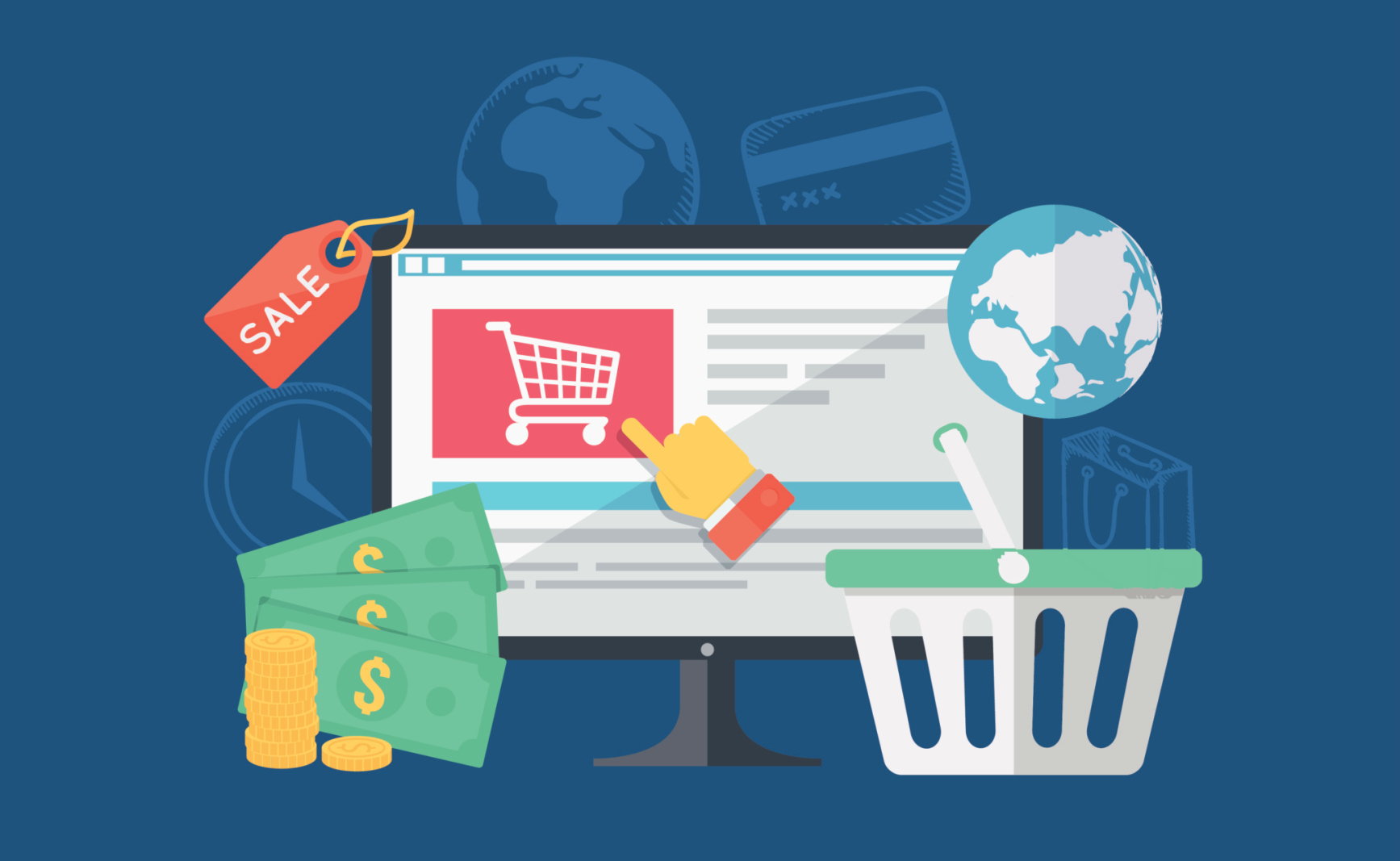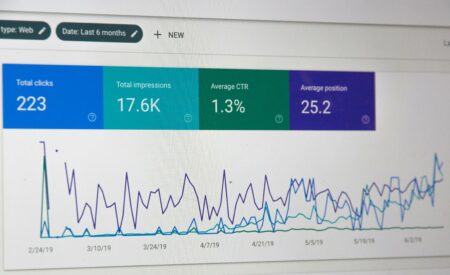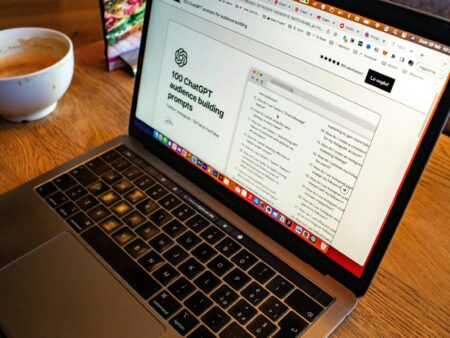As if there weren’t enough acronyms in the online marketing world between ROI, SEM, CTA and SEO, when PPC and CPC appeared on the scene. Similar in appearance, the two are often confused by businesses seeking to increase exposure and garner clicks from digital advertising platforms like Google Ads and social media – and, of course, your Easy Weddings advertising.
If you’re looking to boost brand awareness or drive traffic to your website, here’s a closer look at the functions of PPC and CPC, their intimate relationship and their vital roles in today’s digital marketing space.
What is PPC?
PPC, or pay-per-click is an online advertising model designed to drive traffic to a website or landing page from search engines like Google or Bing. It involves advertisers assigning keywords to their ads and selecting either a flat rate or nominated maximum bid for ad positions in a competition with other advertisers. Once the advertiser’s maximum daily spend is reached, the ad stops appearing and gives way to other businesses vying for that hot spot.
“Ultimately, the greater the number of viewers who click on an ad, the higher the relevance score assigned to the ad,” says Easy Weddings National Sales Manager, Ryan Jenkins. “Good performance is rewarded, and the lower the cost to acquire each click becomes.”
The PPC model also exists on Easy Weddings and in social media advertising, allowing businesses on Facebook and LinkedIn to compete for clicks with ad targeting based on a range of demographic and psychographic information.
Still perplexed by the PPC bidding and auction process? Google’s Chief Economist Hal does a pretty mean job of breaking it down….Take it away, Hal!
https://www.youtube.com/watch?t=112&v=PjOHTFRaBWA
So what’s CPC then?
CPC, or cost-per-click, is the method used for calculating the success of online advertising activities like PPC.
“The lower the CPC the better,” says Ryan, “and keeping this figure down can be achieved through optimisation of things like compelling titles, relevant descriptions, strong imagery and clear calls to action, all of which contribute to an ad’s Quality Score. Advertisers’ CPC will either be below or equivalent to their maximum bid and is calculated over time based on the bid average of competitors in the auction process.”
As the auction is repeated for every single Google search, you can expect to see regular fluctuations in your ad’s position.
What about CPM?
CPM, or costs-per-mille, is offered through search engine and social media advertising such as Facebook, Twitter, Instagram and LinkedIn to describe the cost per every 1000 impressions or views an ad receives. This style of advertising is designed for businesses focussed on building brand awareness. If your goal is to drive traffic to your website, PPC is considered a far more appropriate choice of ‘engagement’ advertising.
But what happened to organic?
Or-what? Organic, meaning the number of people you can reach for free on social media by posting updates and images on your page or profile. In short, Facebook says it’s doing your customers a favour by deciding on their behalf the type of content they want to see, causing many businesses to question, “Why is Facebook no longer working for me?”
Unfortunately, if you now want to get noticed on Facebook (and inevitably other social media platforms when they’re content with the size of their empires), you will need to pay for any kind of meaningful reach.



